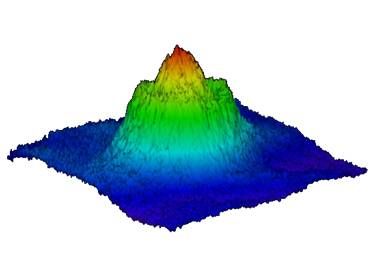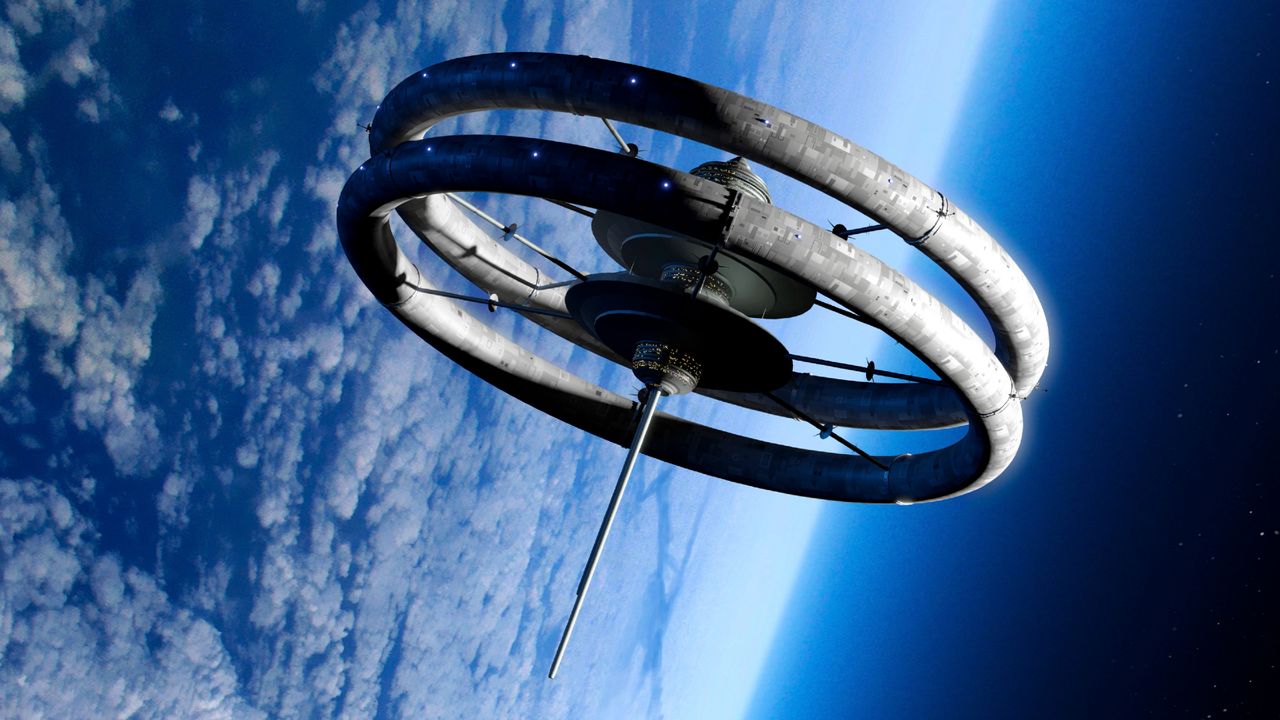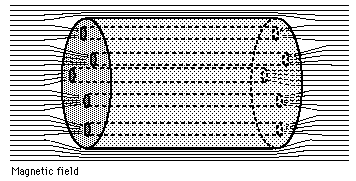Quantum critical phase transitions mathematically explains black holes, and universally scales cosmic phenomena. Cesium atoms transform from a gas to a superfluid near absolute zero.
Universal scaling symmetry using 2 dimensional atoms:
Fractal structures manifest self-similar structures whether magnified 10, 1,000. or trillions of times. Scale invariance means that the properties and laws of physics of a given phenomemon will remain the same, irregardless how much its size is expanded or contracted. This contrasts sharply with everyday normal worldly life, where the dynamics are constantly changing dramatically. In "Quantum fractals at the border of magnetism" "Scaling refers to the fact that the mathematics that describe the electronic relationships are similar to what describes fractals. The relationships it describes are the same, regardless of whether the scale is small or large. High temperature superconductivity arises out of quantum critical points, typically at the border of magnetism. The fermi-volume is the combined momenta or wavelengths of all the electrons in a crystalline solid. The fermi-volume crossover width on the temperature reveals particular quantum-critical fractal scaling properties regarding electronic excitations.
Ultracold Chin Lab at University Chicago
Theoretical work by Sachdev has revealed a deep mathematical connection between how subatomic quantum particles behave near a quantum critical point and the gravitational dynamics supplied by electromagnetism of phony black holes. Quantum criticality emerges only in the vicinity of a quantum phase transition. Atoms chilled to near absolute zero behave like seemingly unrelated natural systems of vastly different scales, offering insights into links between the atomic realms and cosmological phenomena. The phenomenon was observed in their lab when temperatures reached below 10 nano-Kelvin or -459 degrees F. Chin says "we can simulate the evolution of the early universe and cosmological phenomena like black holes." "What we record on camera is essentially a shadow cast by the atoms."
Zhang - Continous index photon traps CIPT control, slow, and trap light similar to black holes, strange attractors, and gravitational lenses. This equivalence between the motion of stars in curved space-time and propagation of the light in optical metamaterials is the "optical-mechanical analogue analogy of Einstein's general relativity and gravitational theory. The twisting of optical metamaterial space-time into new coordinates where starlight curves like from a gravitational lensing potential, is called transformational optics.
 |
| the shadow cast by ultracold quantum critical atoms |
 |
| ultracold atoms density profile |
 |
| Fractal size scale invariance laws are the same for cosmological phenomenon |
Universal scaling symmetry using 2 dimensional atoms:
Fractal structures manifest self-similar structures whether magnified 10, 1,000. or trillions of times. Scale invariance means that the properties and laws of physics of a given phenomemon will remain the same, irregardless how much its size is expanded or contracted. This contrasts sharply with everyday normal worldly life, where the dynamics are constantly changing dramatically. In "Quantum fractals at the border of magnetism" "Scaling refers to the fact that the mathematics that describe the electronic relationships are similar to what describes fractals. The relationships it describes are the same, regardless of whether the scale is small or large. High temperature superconductivity arises out of quantum critical points, typically at the border of magnetism. The fermi-volume is the combined momenta or wavelengths of all the electrons in a crystalline solid. The fermi-volume crossover width on the temperature reveals particular quantum-critical fractal scaling properties regarding electronic excitations.
Ultracold Chin Lab at University Chicago
Theoretical work by Sachdev has revealed a deep mathematical connection between how subatomic quantum particles behave near a quantum critical point and the gravitational dynamics supplied by electromagnetism of phony black holes. Quantum criticality emerges only in the vicinity of a quantum phase transition. Atoms chilled to near absolute zero behave like seemingly unrelated natural systems of vastly different scales, offering insights into links between the atomic realms and cosmological phenomena. The phenomenon was observed in their lab when temperatures reached below 10 nano-Kelvin or -459 degrees F. Chin says "we can simulate the evolution of the early universe and cosmological phenomena like black holes." "What we record on camera is essentially a shadow cast by the atoms."
 |
| A black hole near absolute zero is a condensed matter phase transition |
 |
| optical black hole transforms galaxy |






No comments:
Post a Comment